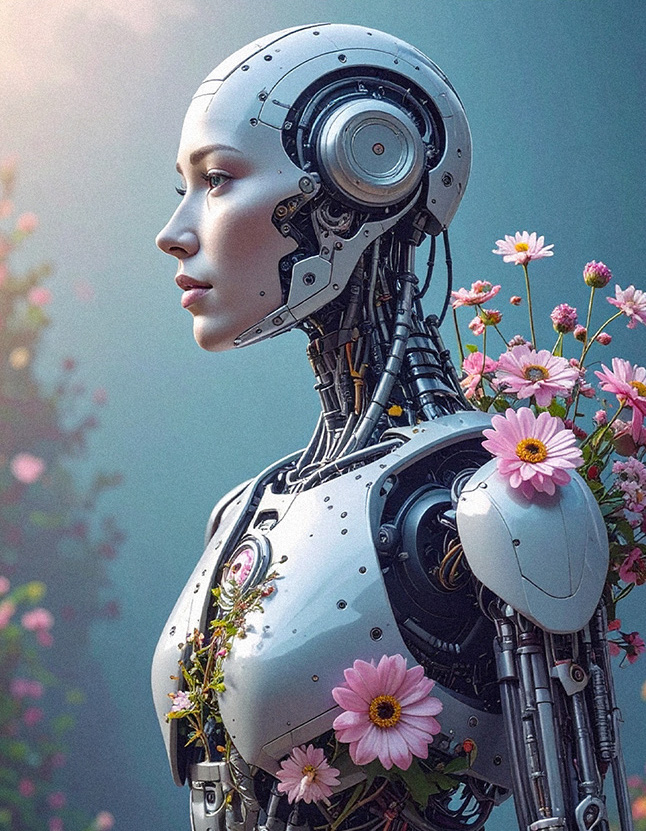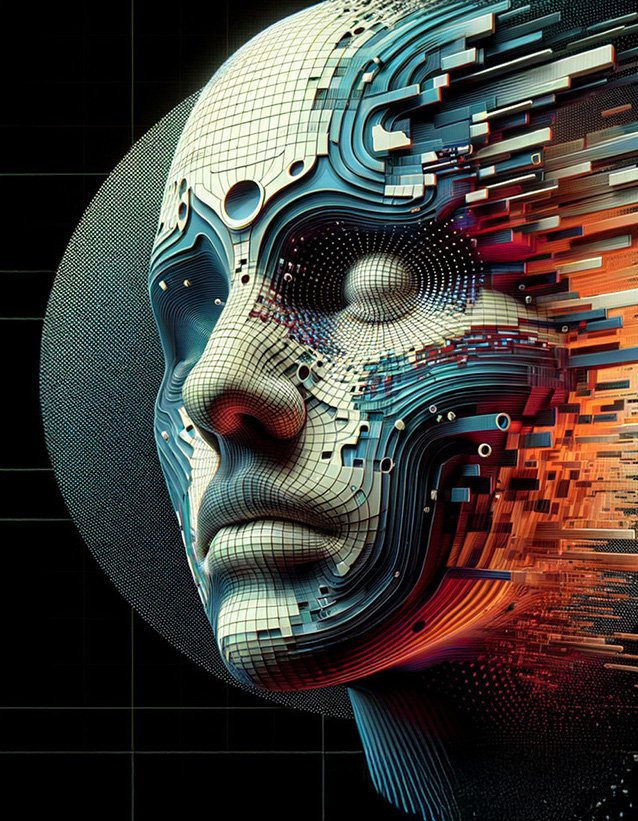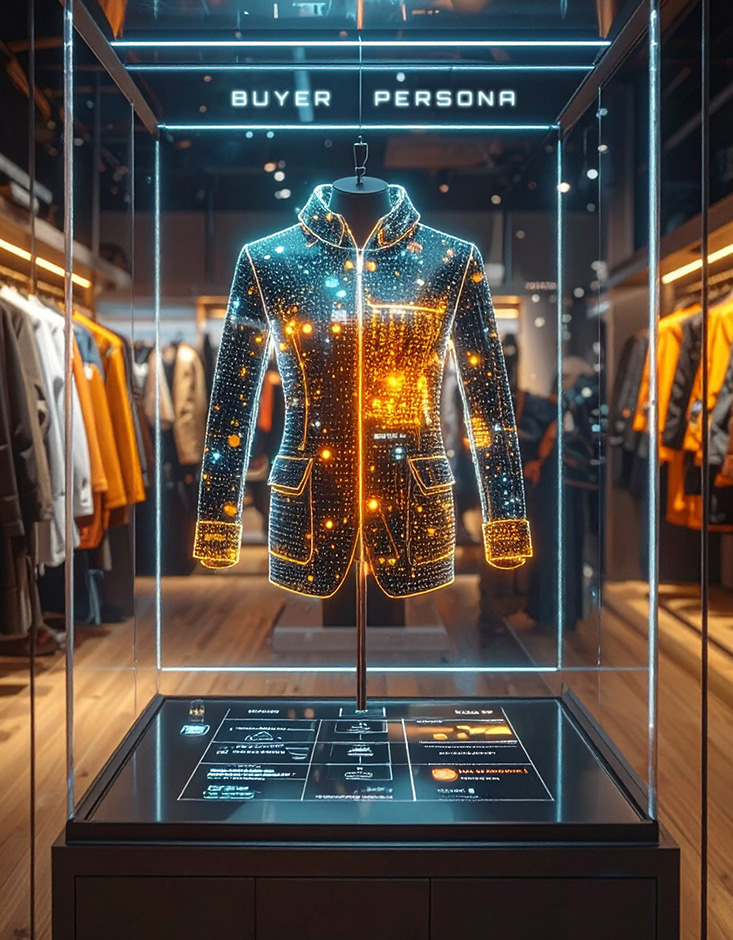The days of one-size-fits-all digital experiences are over. Your audience, the very heart of your business, expects more than a generic journey. They want a conversation, a personalized path that anticipates their needs before they even know they have them. This is the promise of predictive user experience (UX), and it’s being driven by the powerful capabilities of AI. In this guide, we’ll dive into the world of predictive UX, exploring how AI analyzes user behavior to create hyper-personalized website experiences that boost engagement and conversions.
This article is for you, the experienced customer who knows that a great user experience is a competitive differentiator. You’re ready to move beyond static design and embrace a proactive, data-driven approach. You will learn the core mechanics of how AI in UX design operates, see the tangible benefits, and understand how to navigate the ethical challenges to build a truly exceptional user journey.
What is Predictive UX and Why Does It Matter to You?
Predictive UX is a fundamental shift from a reactive to a proactive design philosophy. Traditionally, UX designers would use past data to react to user behaviors—for example, fixing a high-abandonment checkout page. Predictive UX, on the other hand, utilizes artificial intelligence to analyze vast datasets in real time, anticipating a user’s next action and adapting the experience accordingly. It’s about building a system that learns from every click, scroll, and hover, then makes an educated guess about what will best serve the user right now.
According to a recent report, 71% of UX professionals believe AI and machine learning will shape the future of UX, making automation and predictive design more prominent. This isn’t just a trend; it’s a strategic imperative. Your audience expects hyper-personalization, and platforms that don’t deliver will be left behind. When you implement a predictive UX strategy, you’re not just optimizing your interface; you’re building a seamless, intuitive, and deeply engaging relationship with your users.
The Core Mechanics: How AI Powers UX Personalization
How does this AI-powered personalization magic happen? It’s a blend of sophisticated data analysis and machine learning models that work in the background, constantly refining the user journey.
Real-Time Behavioral Analysis
At its heart, predictive UX is a feedback loop. AI models ingest real-time behavioral data—from mouse movements and clicks to scroll depth and dwell time on a page. They can identify patterns that human analysts might miss, such as a user who frequently hesitates before clicking “add to cart” or one who always navigates a specific product category first. This information allows for immediate, intelligent adjustments. For example, a travel site might see a user repeatedly searching for flights to a specific city. The system could then dynamically display a banner with hotel recommendations for that city.
User Segmentation and Journey Mapping
AI can take this behavioral data and build incredibly detailed, evolving user profiles, or “user twins.” This goes far beyond traditional, static user personas. The AI continuously updates these profiles based on new interactions, allowing you to understand not just what a user does, but why they do it. The search results show that 62% of organizations have adopted AI-based customer journey mapping tools, highlighting how AI is making these insights more data-driven and accurate. This allows you to create fluid, adaptive journeys that change with your customers’ needs and interests.
Content and Product Recommendations
This is one of the most visible forms of predictive UX. We all experience it on e-commerce sites and streaming services. AI analyzes a user’s past purchases, browsing history, and what similar users have engaged with to recommend relevant products, articles, or videos. The data is clear: 65% of e-commerce websites leverage AI for product recommendations, and 70% of AI-powered recommendations in UX have increased conversion rates. It’s a win-win, providing immense value to the user while significantly boosting your bottom line.
Dynamic Interface Optimization
Predictive UX isn’t just about showing the right content; it’s about showing it in the right way. An AI model can dynamically rearrange a homepage layout, adjust call-to-action button colors, or even hide or show certain elements based on the user’s predicted likelihood of conversion. The interface becomes a liquid, responsive element that adapts in real time to create a truly bespoke experience.
The Tangible Benefits of UX Personalization AI
When you get predictive UX right, the rewards are immense. The investment in AI-driven personalization translates directly into core business metrics that your stakeholders will appreciate.
Increased User Engagement: In today’s competitive landscape, grabbing a user’s attention is half the battle. Predictive UX creates experiences that feel magical because they are so relevant. According to industry stats, this hyper-personalization can boost engagement by 30-50%.
Higher Conversion Rates: A seamless, personalized journey removes friction and guides the user toward their goal. This is why 54% of AI-driven personalization efforts increase user conversion rates. It’s about making the path to purchase as effortless as possible.
Improved Customer Retention: A bad user experience can have lasting consequences. The search results highlight that 88% of users are less likely to return to a site after a bad experience. By contrast, a personalized, efficient experience creates loyalty.
Reduced Churn and Abandonment: Predictive models can identify users at risk of abandoning a site and trigger interventions in real-time, such as offering a personalized discount or a message with a helpful guide, reducing abandonment rates by as much as 20%.
Navigating the Challenges of AI in UX Design
As with any powerful technology, the use of AI for user experience isn’t without its challenges. The experienced customer understands that ethical considerations and technical hurdles are just as important to address as the benefits.
Ethical Considerations and Bias
The data you feed your AI is crucial. If training data skews, so does UX. A 2025 study found that 40% of AI tools exhibit gender or racial bias in their recommendations. This is why it’s imperative to have diverse teams building these systems and to conduct ongoing audits to ensure fairness. The goal of UX is to serve all users, not just some.
Privacy and Data Security
With AI systems “slurping data” to understand and predict behavior, privacy concerns are amplified. Your users demand control—and you must provide it. It’s essential to have transparent data-sharing policies, clear opt-out options, and robust security measures that comply with regulations like GDPR. Building trust with your users is non-negotiable.
The Human Element: When to Let AI Drive (and When Not To)
The fear of a creative skill “atrophying” is a valid concern for designers. But the role of the UX professional is not to be replaced by AI, but to be augmented. As one expert, Alan Cooper, stated, “If we want users to like our software, we should design it to behave like a likable person: respectful, generous and helpful.” Your role is to be the human orchestrator, guiding the AI to align with human needs and values. AI can handle the repetitive tasks, freeing you to focus on empathy, strategy, and innovative creative work.
A Peek into the Future: 2025 and Beyond
The landscape of AI in UX is evolving at a breakneck pace. We’re already seeing new frontiers emerge. Extended reality (XR) interfaces are trending, with designers creating spatial UIs that feel more natural and intuitive. Conversational AI, which once felt clunky, is now seamless with advancements in natural language processing (NLP), enabling complex, context-aware dialogues. The next big thing is the one that makes the last big thing usable, and AI is that enabling force. The future of predictive UX lies in creating not just a personalized experience, but a truly empathetic, ethical, and seamlessly integrated one that feels less like a website and more like a helpful partner.
People Also Ask: Your Questions, Answered
Personalization is a reactive approach, showing content based on a user’s explicit actions, like a recent search. Predictive personalization uses AI to anticipate a user’s needs based on their past and real-time behavior, showing them what they might want or need before they ask.
Tools for AI in UX range from data analysis platforms to AI-driven prototyping tools. Figma is a widely used tool that integrates with AI-powered plugins for tasks like content generation and accessibility audits. Google Analytics provides the raw behavioral data that fuels predictive models. Other tools include platforms that specialize in AI-based customer journey mapping and usability analysis.
AI transforms user research by automating the analysis of vast amounts of qualitative and quantitative data. It can analyze transcripts from user interviews, identify recurring behavioral patterns in heatmaps, and generate insights from a large number of surveys, making the process faster and more accurate. This allows UX teams to get more actionable insights and make faster, more data-driven decisions.
Examples of AI in UX design are everywhere. E-commerce sites use AI for personalized product recommendations. Streaming services use it to suggest movies and shows. A financial services company might use AI to personalize its navigation based on a user’s financial profile. Chatbots powered by AI provide instant, context-aware customer support.
AI will not replace UX designers. Instead, it will change their role, automating many of the repetitive, data-heavy tasks and freeing designers to focus on higher-level strategic work, creative problem-solving, and the human-centered aspects of design like empathy and ethical considerations.
The journey to predictive UX is not about a single tool or a one-time implementation. It’s a continuous process of learning and adapting, where AI serves as your most powerful partner. It’s an investment in a future where your digital experience isn’t just about what you offer, but about how intimately you understand the person on the other side of the screen.
In today’s competitive landscape, grabbing a user's attention is half the battle. Predictive UX creates experiences that feel magical because they are so relevant. According to industry stats, this hyper-personalization can boost engagement by 30-50%.




